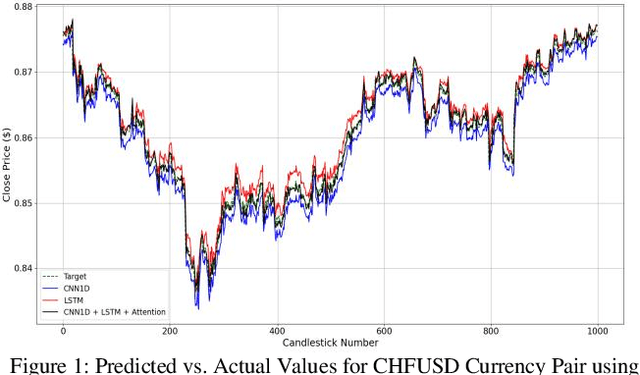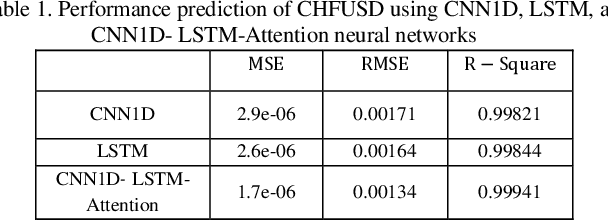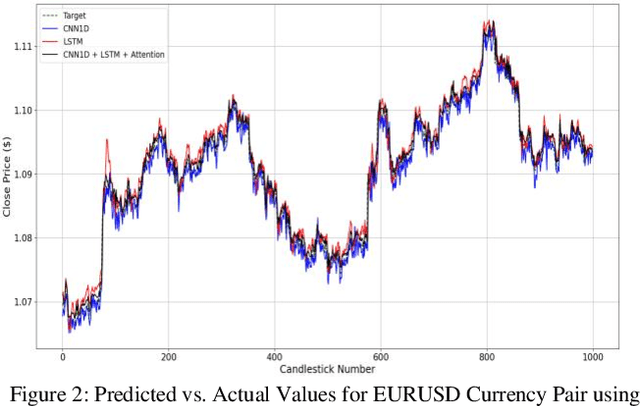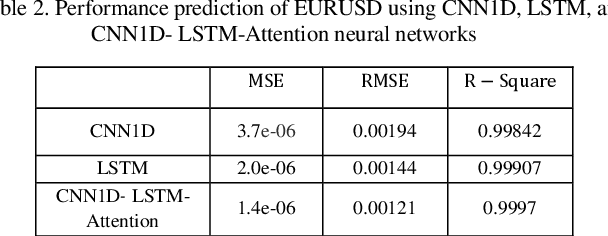Sahabeh Saadati
An Advanced NLP Framework for Automated Medical Diagnosis with DeBERTa and Dynamic Contextual Positional Gating
Feb 11, 2025Abstract:This paper presents a novel Natural Language Processing (NLP) framework for enhancing medical diagnosis through the integration of advanced techniques in data augmentation, feature extraction, and classification. The proposed approach employs back-translation to generate diverse paraphrased datasets, improving robustness and mitigating overfitting in classification tasks. Leveraging Decoding-enhanced BERT with Disentangled Attention (DeBERTa) with Dynamic Contextual Positional Gating (DCPG), the model captures fine-grained contextual and positional relationships, dynamically adjusting the influence of positional information based on semantic context to produce high-quality text embeddings. For classification, an Attention-Based Feedforward Neural Network (ABFNN) is utilized, effectively focusing on the most relevant features to improve decision-making accuracy. Applied to the classification of symptoms, clinical notes, and other medical texts, this architecture demonstrates its ability to address the complexities of medical data. The combination of data augmentation, contextual embedding generation, and advanced classification mechanisms offers a robust and accurate diagnostic tool, with potential applications in automated medical diagnosis and clinical decision support. This method demonstrates the effectiveness of the proposed NLP framework for medical diagnosis, achieving remarkable results with an accuracy of 99.78%, recall of 99.72%, precision of 99.79%, and an F1-score of 99.75%. These metrics not only underscore the model's robust performance in classifying medical texts with exceptional precision and reliability but also highlight its superiority over existing methods, making it a highly promising tool for automated diagnostic systems.
Forecasting Foreign Exchange Market Prices Using Technical Indicators with Deep Learning and Attention Mechanism
Nov 29, 2024



Abstract:Accurate prediction of price behavior in the foreign exchange market is crucial. This paper proposes a novel approach that leverages technical indicators and deep neural networks. The proposed architecture consists of a Long Short-Term Memory (LSTM) and Convolutional Neural Network (CNN), and attention mechanism. Initially, trend and oscillation technical indicators are employed to extract statistical features from Forex currency pair data, providing insights into price trends, market volatility, relative price strength, and overbought and oversold conditions. Subsequently, the LSTM and CNN networks are utilized in parallel to predict future price movements, leveraging the strengths of both recurrent and convolutional architectures. The LSTM network captures long-term dependencies and temporal patterns in the data, while the CNN network extracts local patterns. The outputs of the parallel LSTM and CNN networks are then fed into an attention mechanism, which learns to weigh the importance of each feature and temporal dependency, generating a context-aware representation of the input data. The attention-weighted output is then used to predict future price movements, enabling the model to focus on the most relevant features and temporal dependencies. Through a comprehensive evaluation of the proposed approach on multiple Forex currency pairs, we demonstrate its effectiveness in predicting price behavior and outperforming benchmark models.
 Add to Chrome
Add to Chrome Add to Firefox
Add to Firefox Add to Edge
Add to Edge